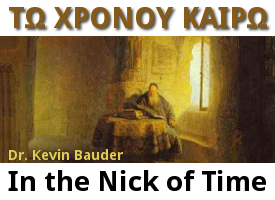On Not Singing

Roger Olson and I disagree about plenty of issues, but according to a recent blog post, we apparently find concord in one important topic. We are both convinced that Christians should not sing hymns that express significant error.
To be sure, Roger and I dispute both what constitutes error and how significant the error is. He is Arminian while I am Calvinistic. He is very broadly evangelical while I am pretty narrowly fundamentalistic. He believes that the gospel does not have to include hell (though he does not deny its existence), while I believe that the good news (gospel) is only as good as the bad news (laðra spella) is bad, and that the gospel is hardly news at all without a doctrine of eternal perdition behind it. These differences are more than negligible, and they definitely mean that Roger will sing some songs that I cannot, and vice versa.
Where we agree is in taking hymnody seriously. What we sing is a confession of what we believe. For us to sing what we do not believe would be to bear false witness.
Roger says that he cannot sing “Be Still My Soul” because it expresses God’s sovereignty, even over evil. On the other hand, one of my former colleagues could not sing the last stanza of “Jesus, Thy Blood and Righteousness” because he is convinced of limited atonement. Personally, I relish both of these hymns, but Christian charity forbids me from pressuring a brother to affirm what he does not believe. For him to do so would be a sin, and for me to coerce him would also be a sin. I take no offense with what he cannot sing, though I may well disagree with his choice.
Thus far, I believe that Roger and I are committed to the same general practice. In my own conscience, however, I go one step further. We have not discussed this matter, but I would be surprised to discover that Roger would take this step with me.

Discussion